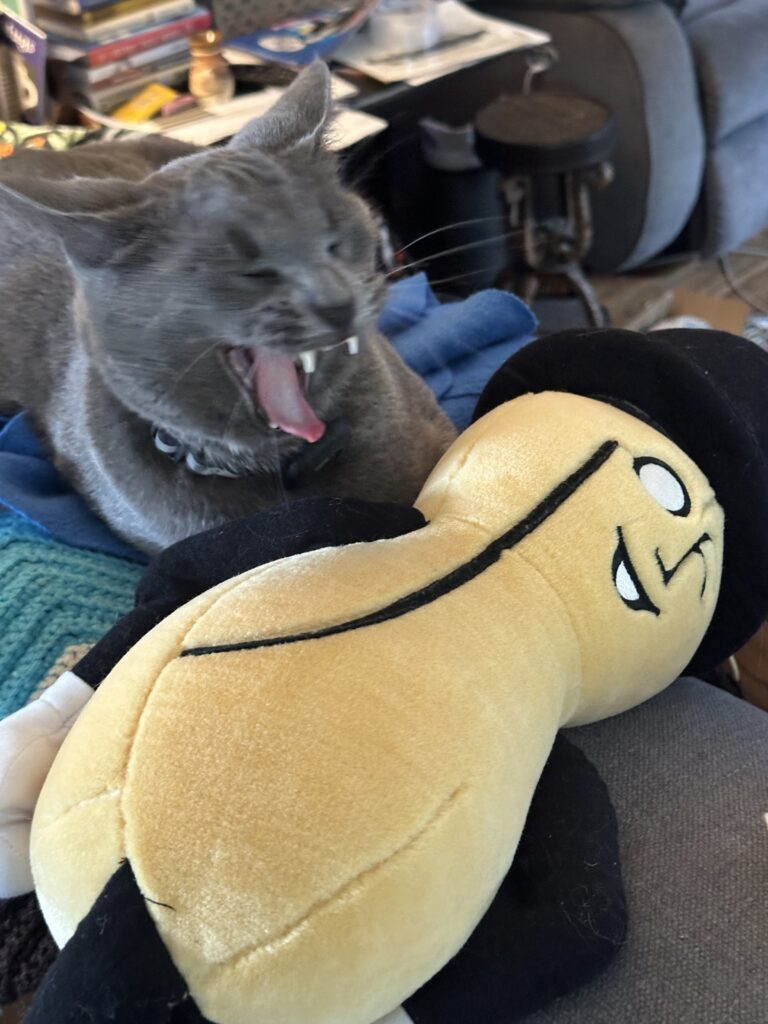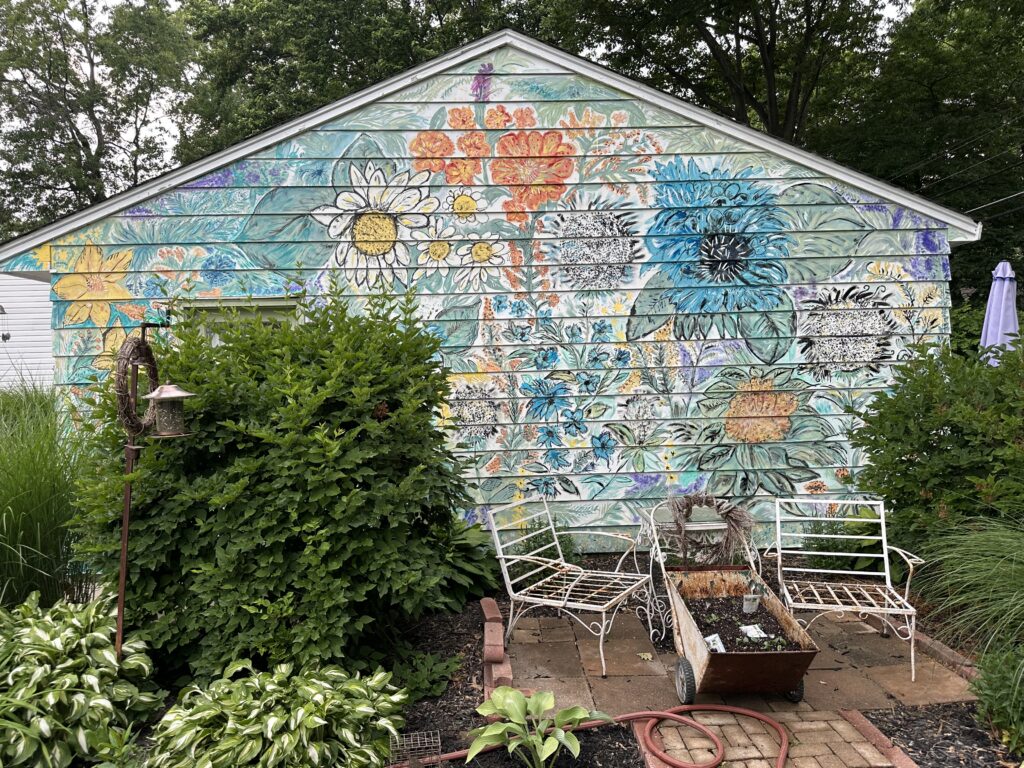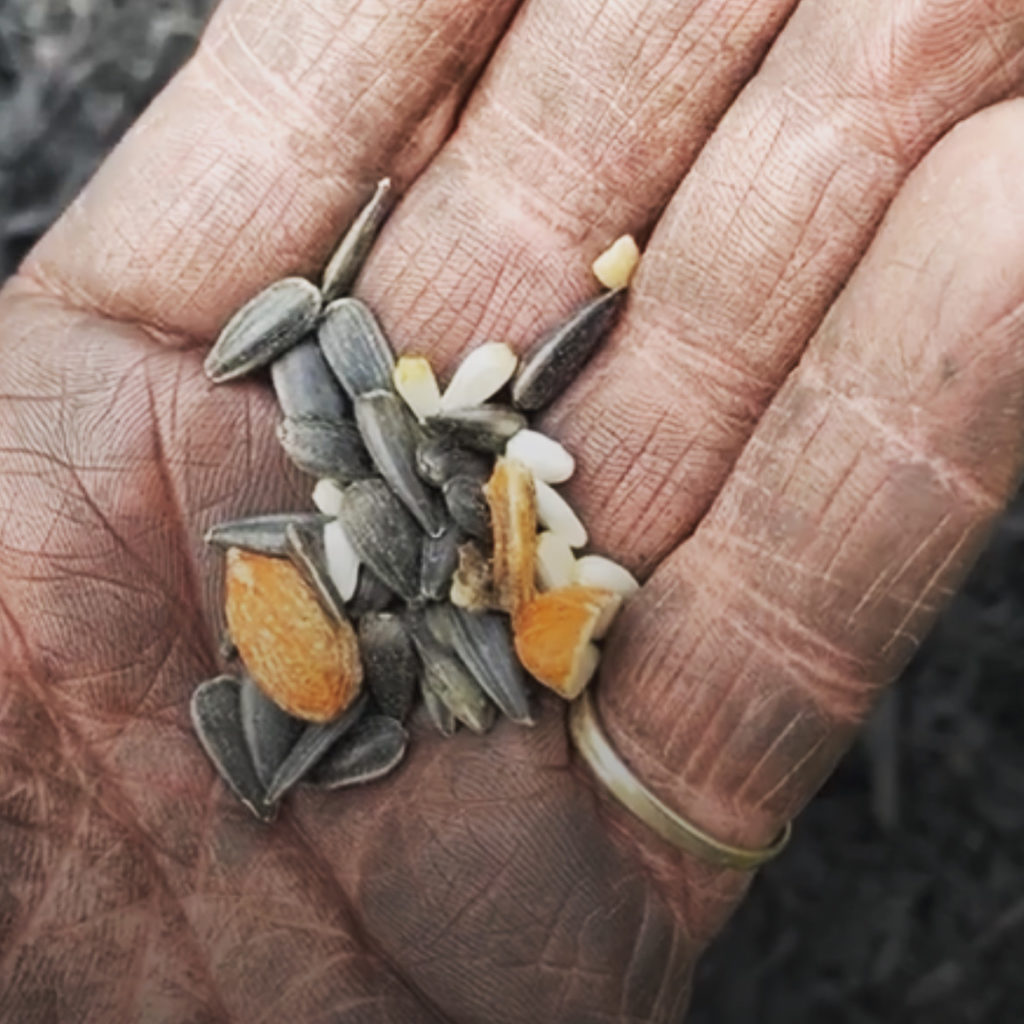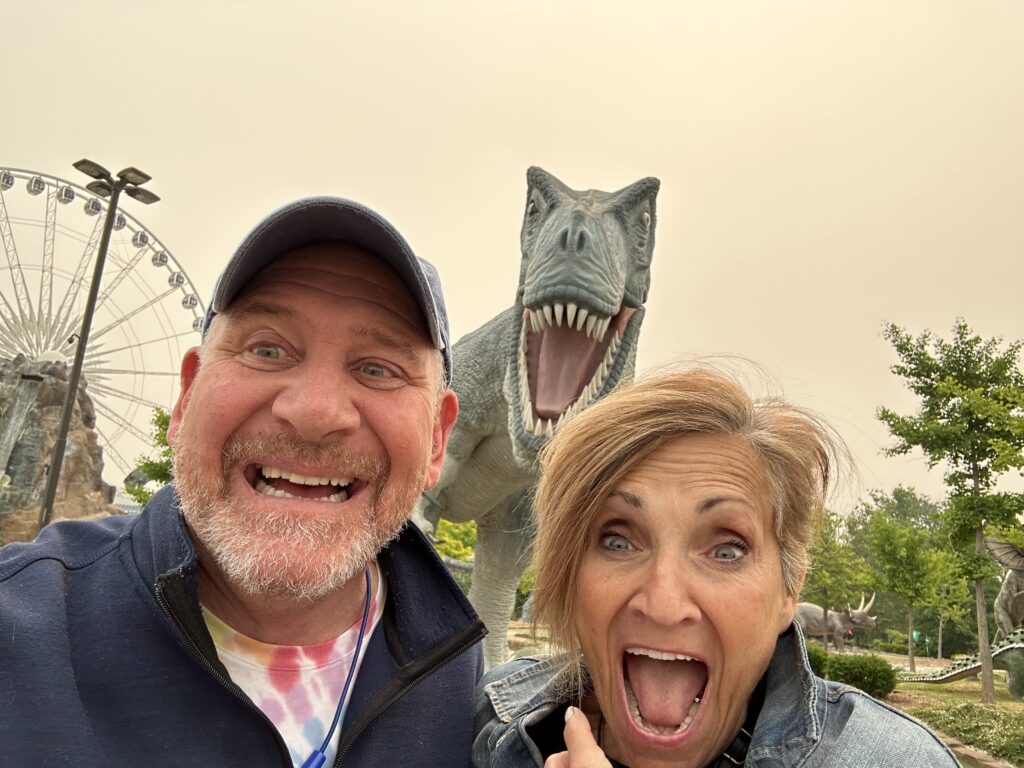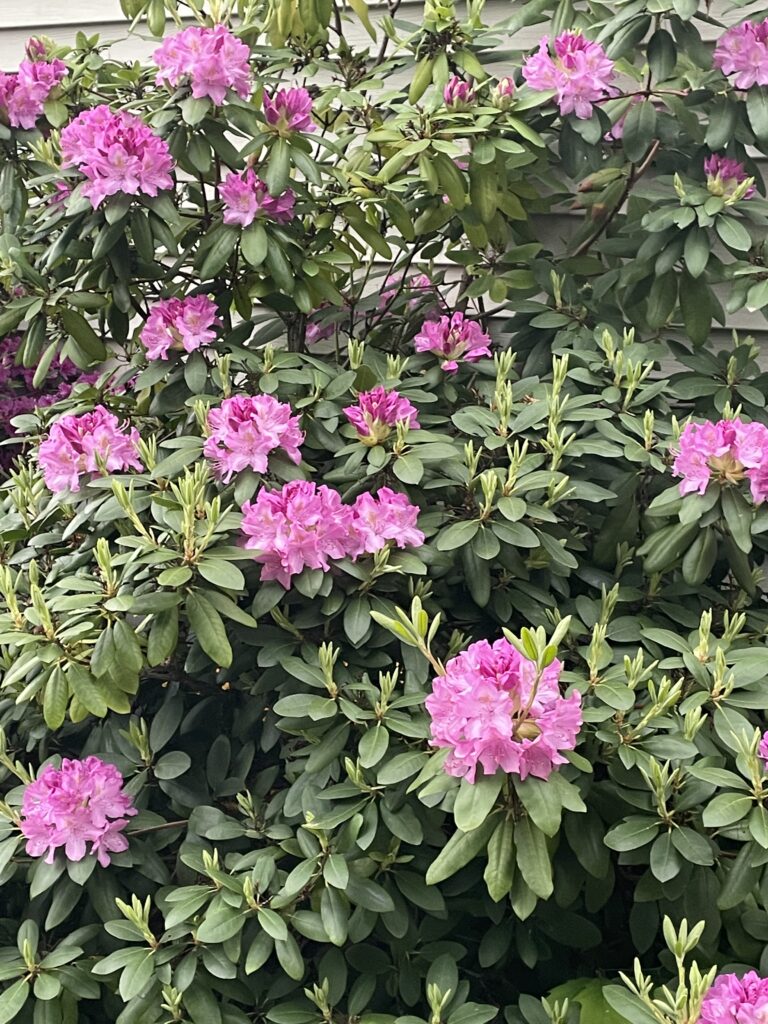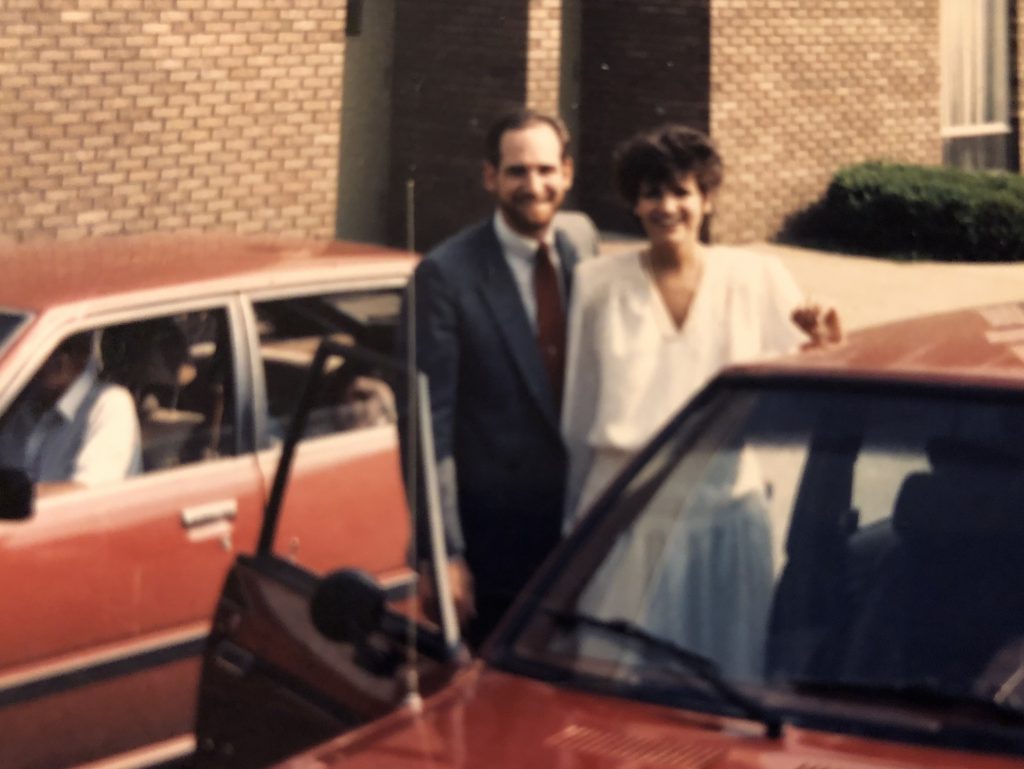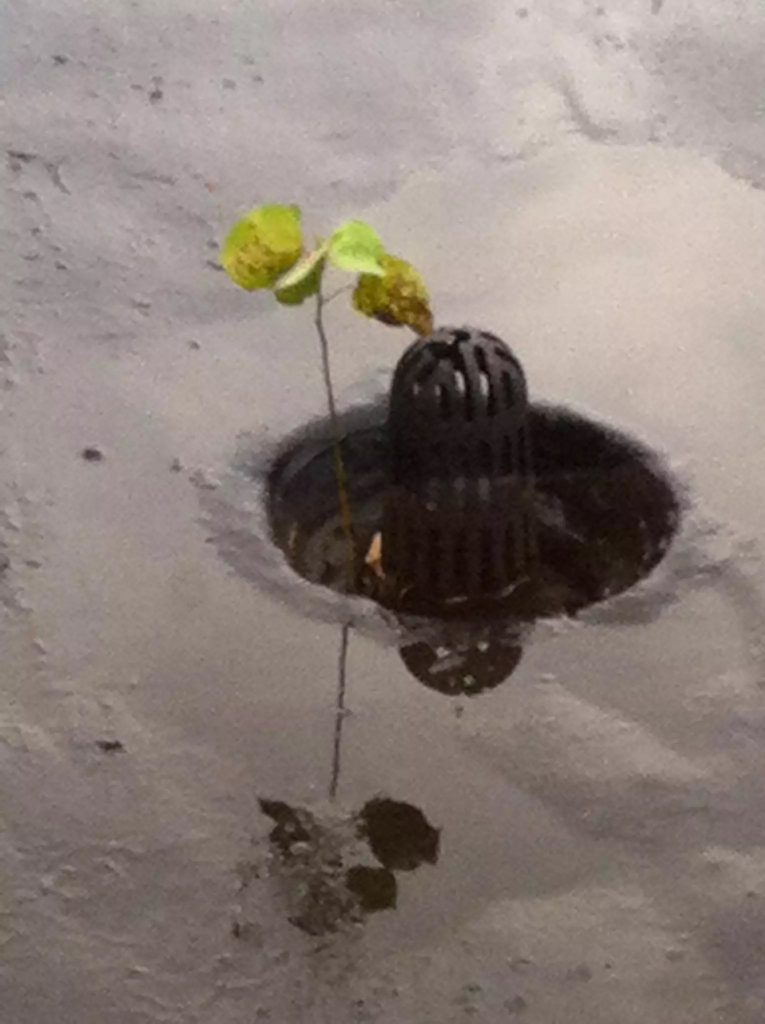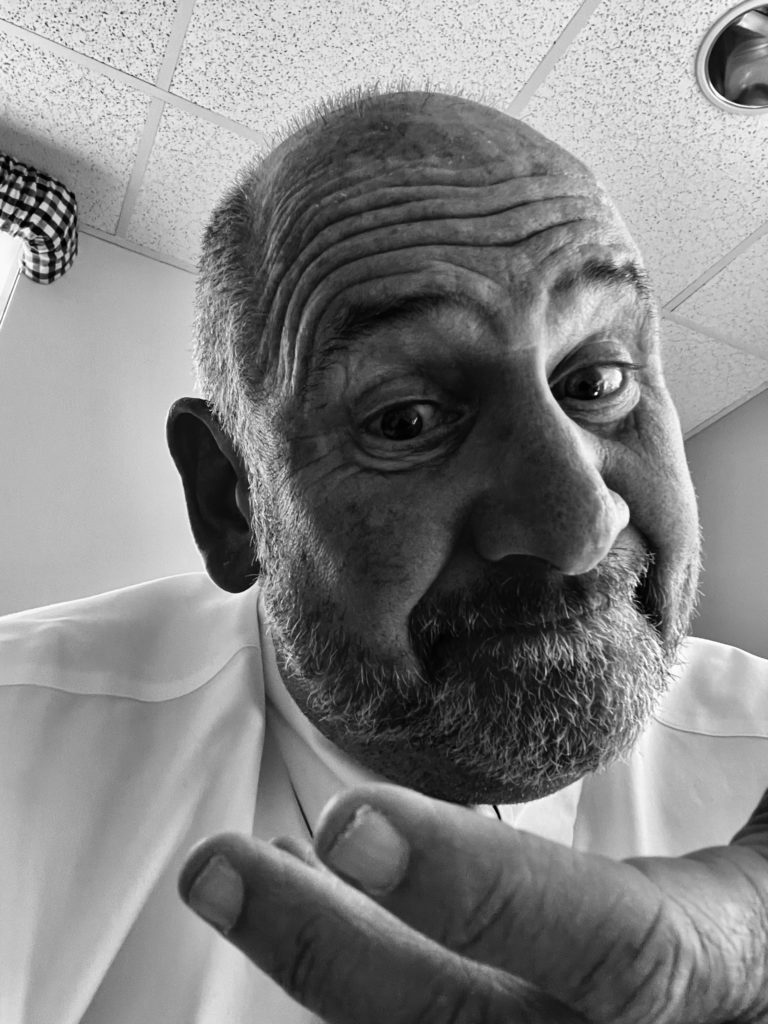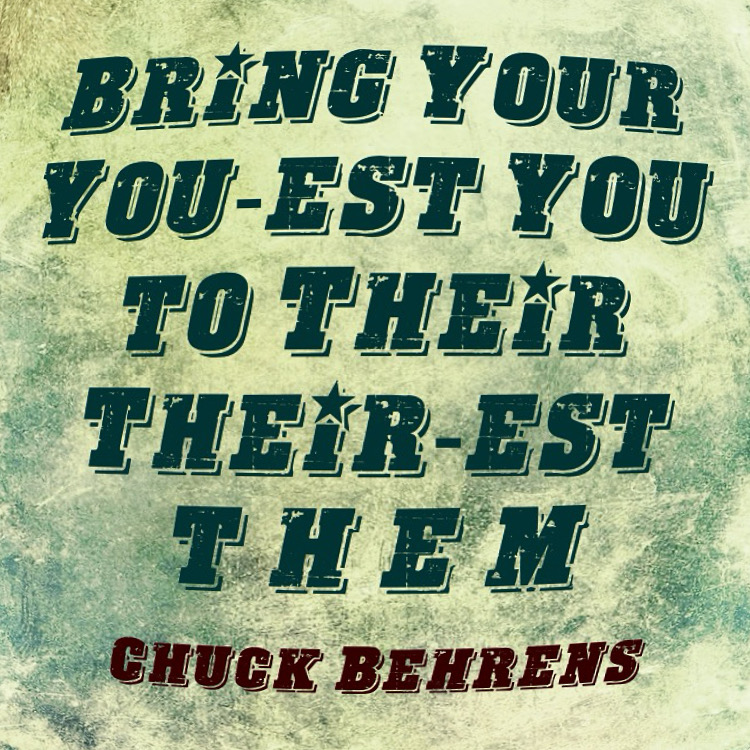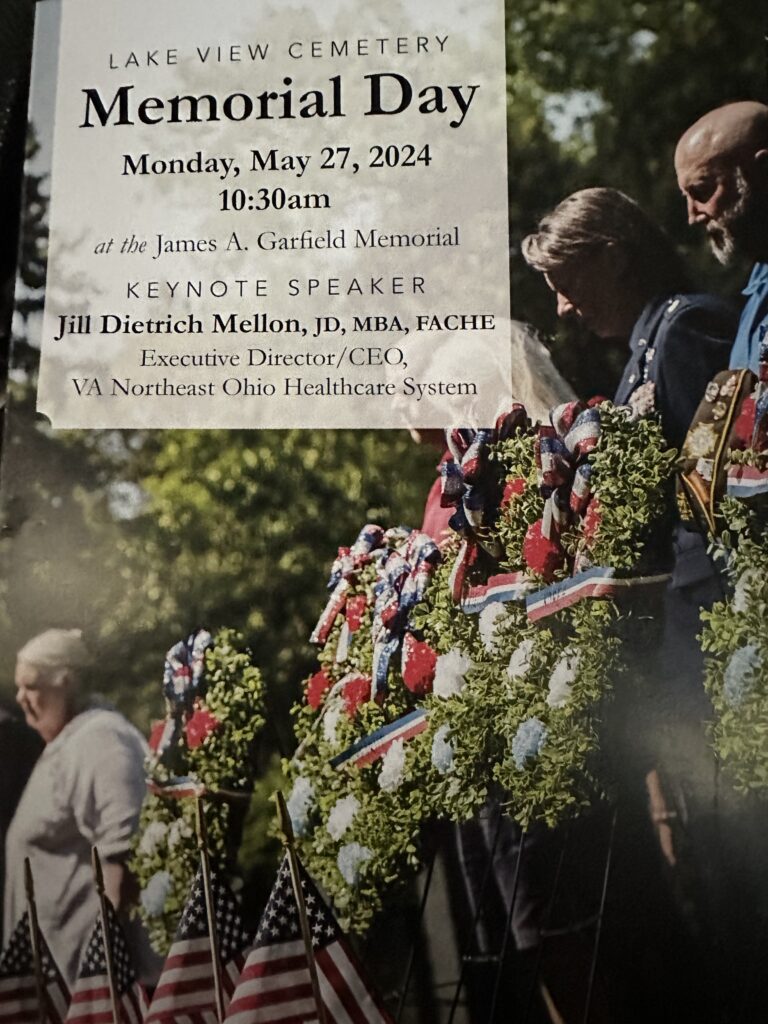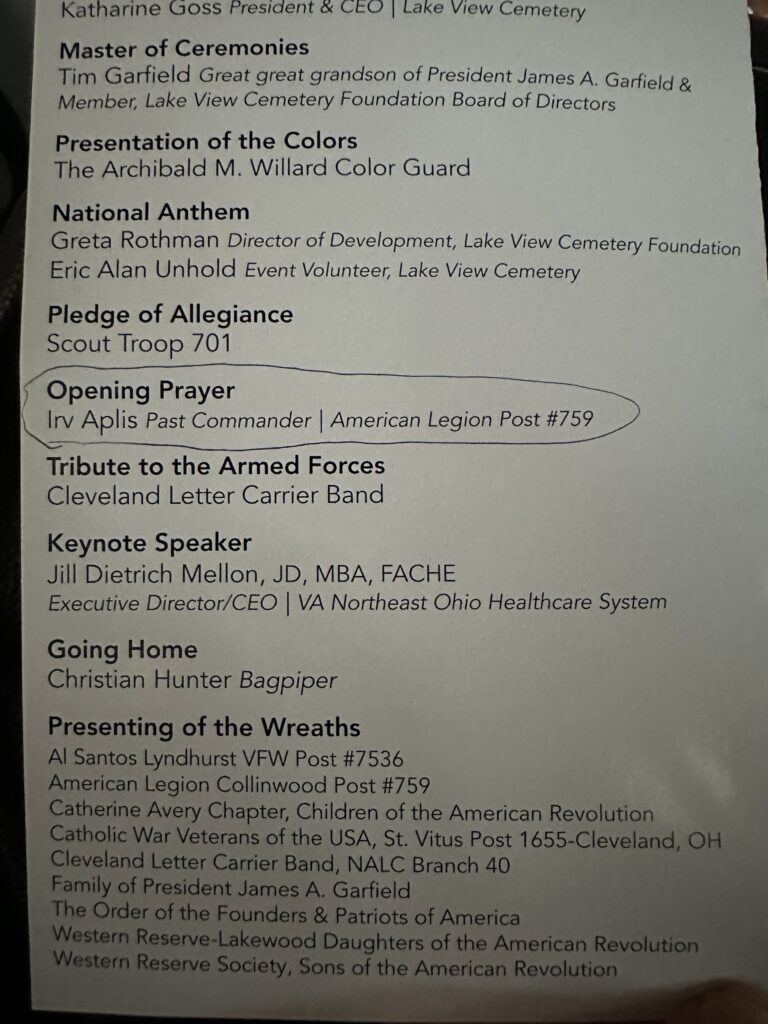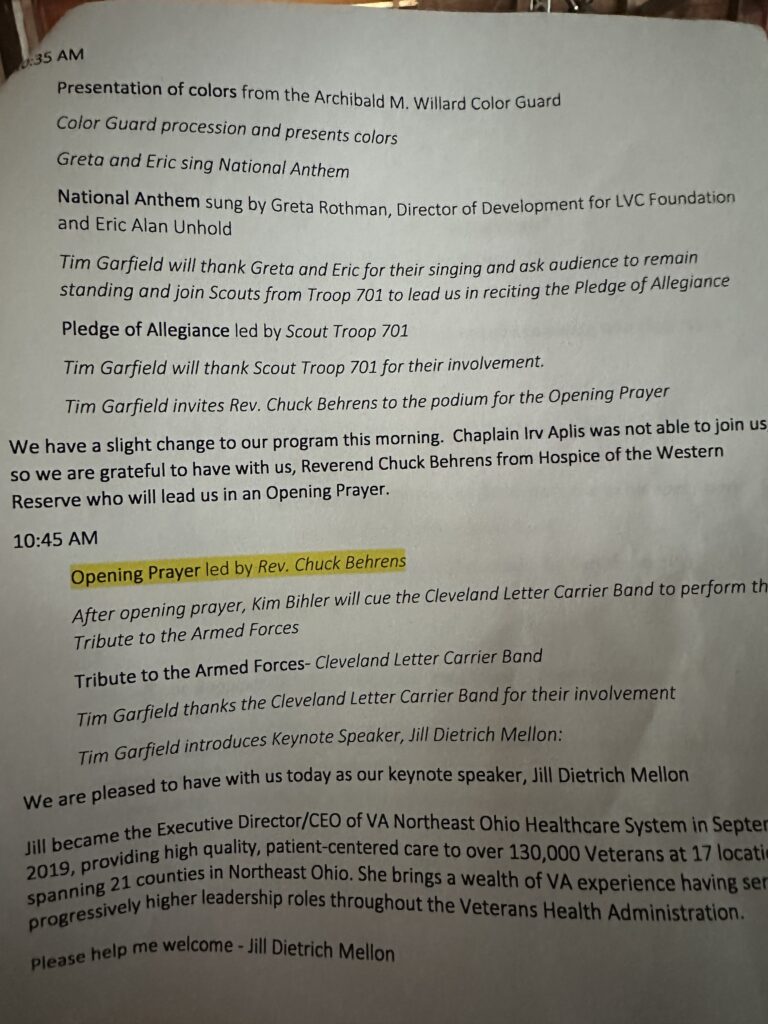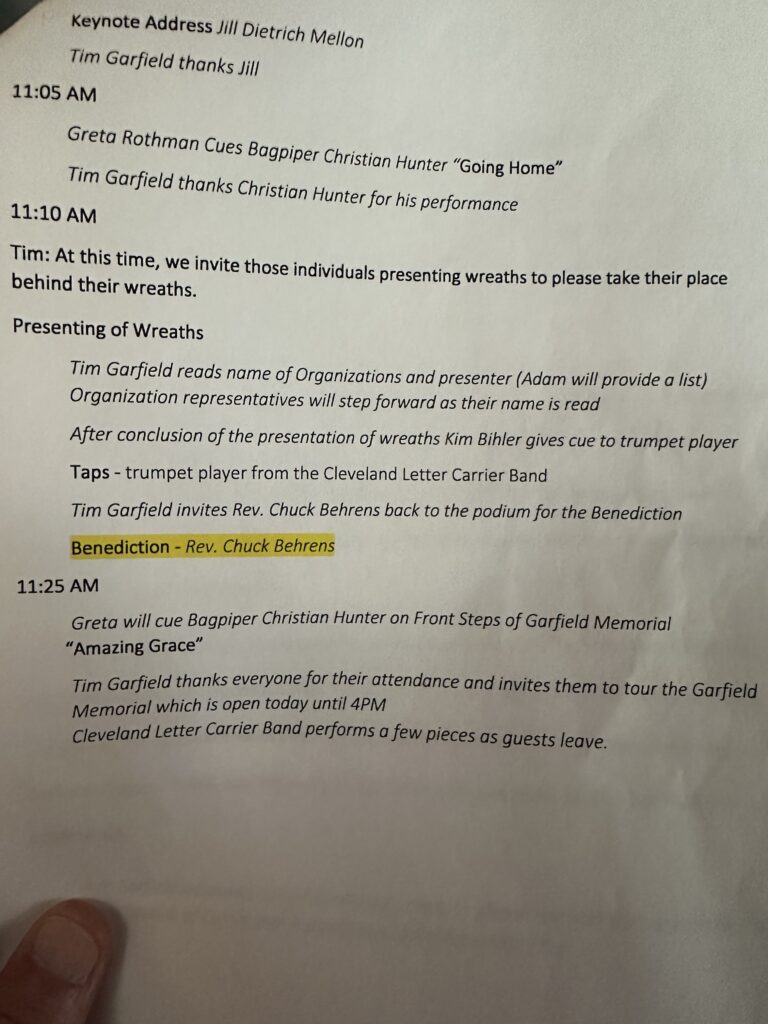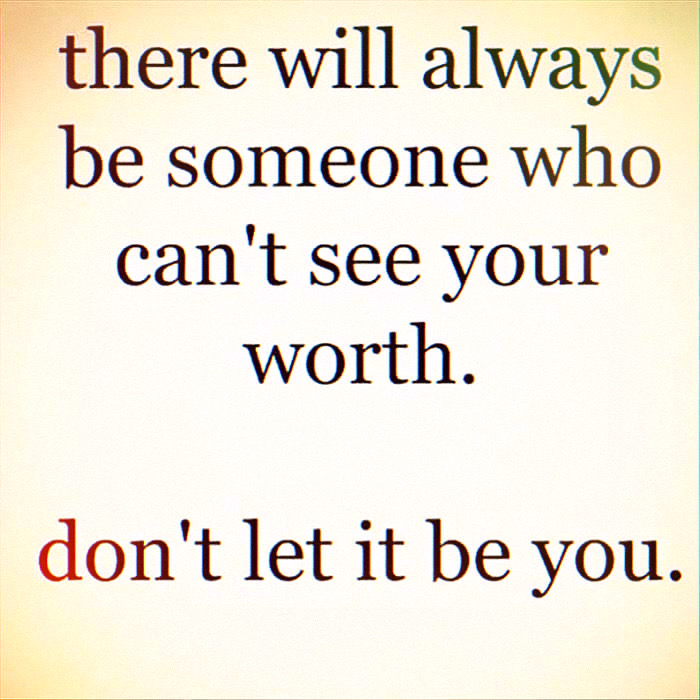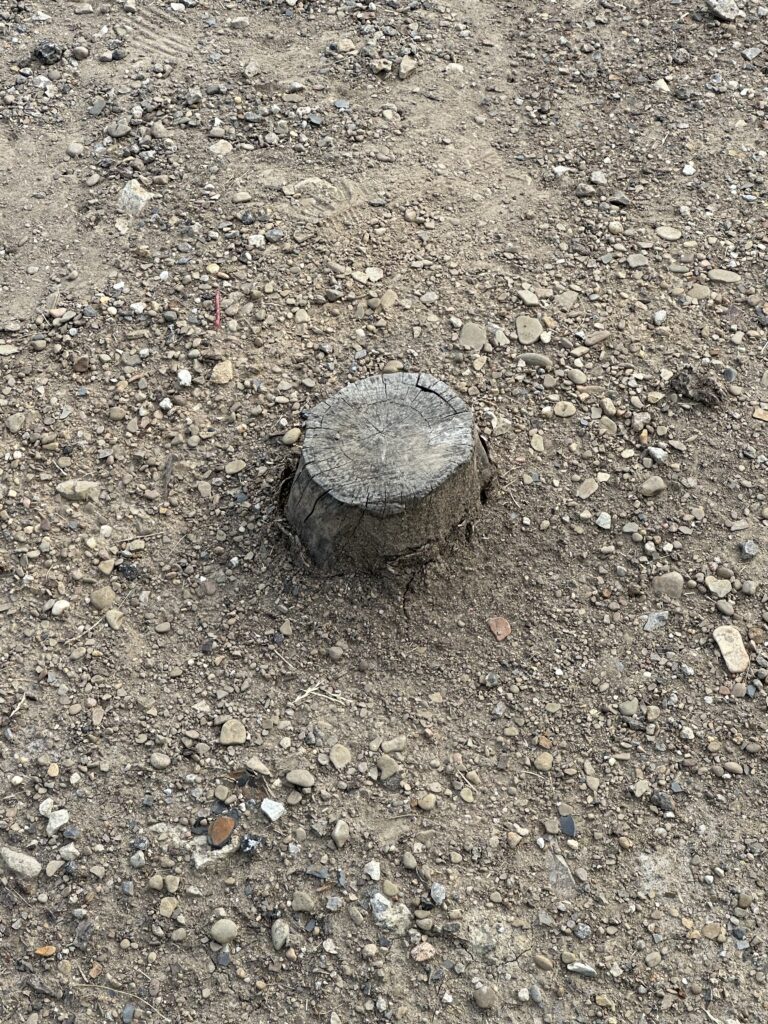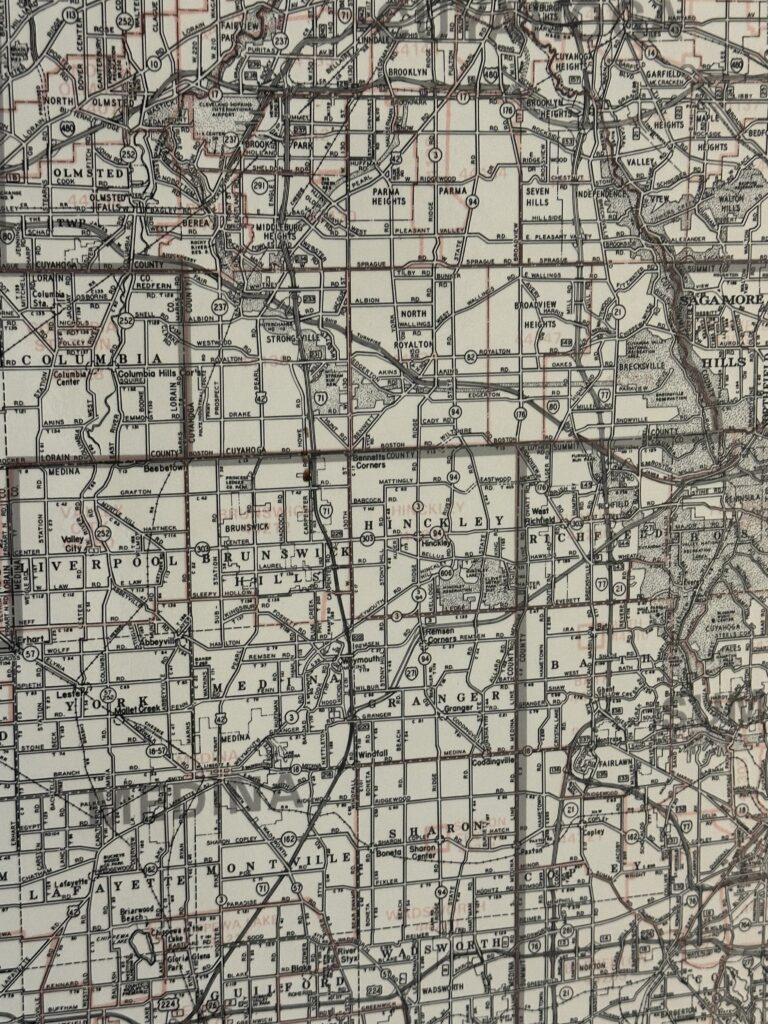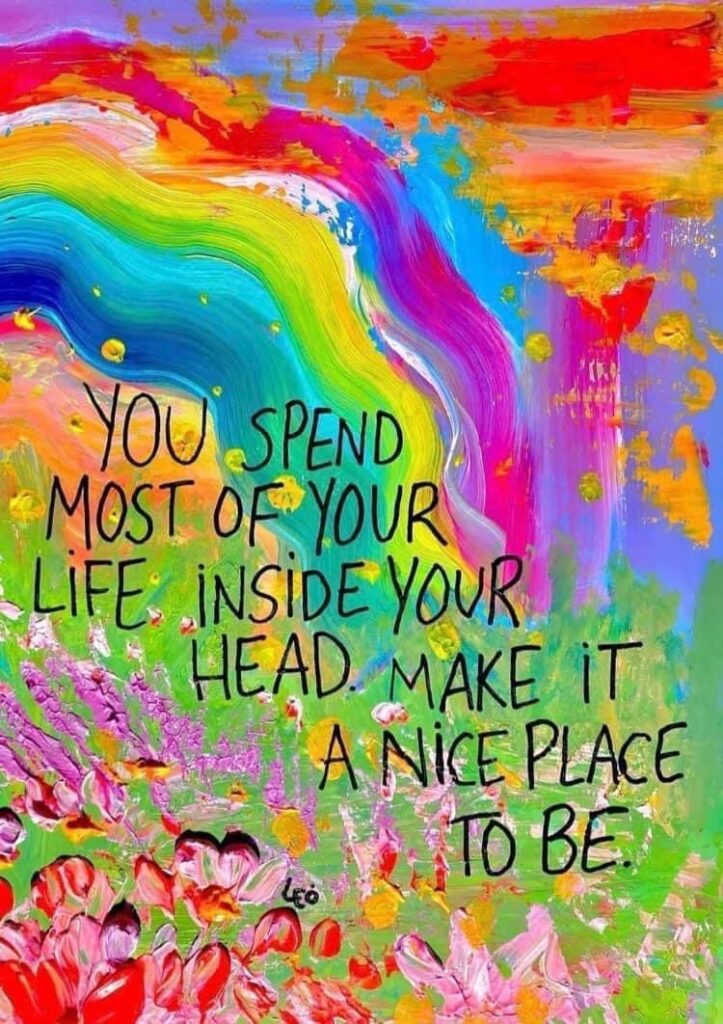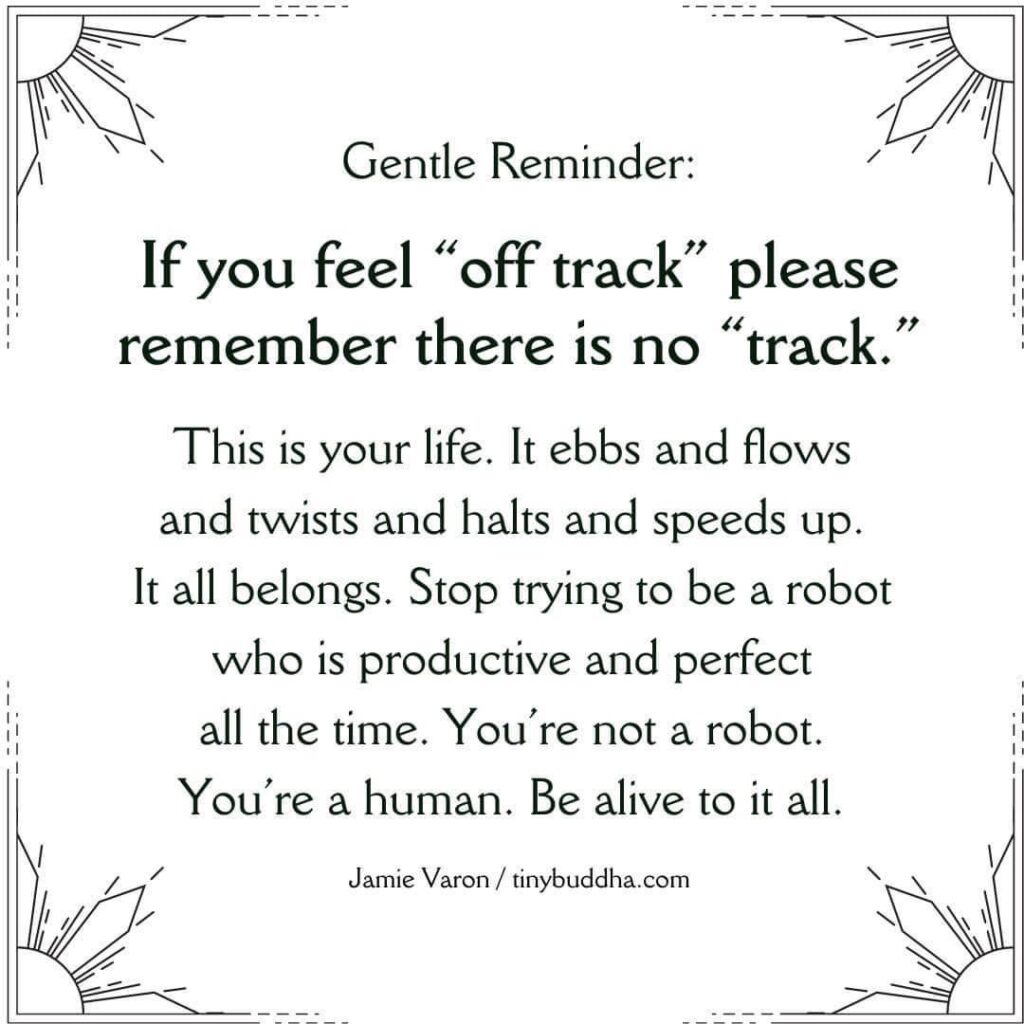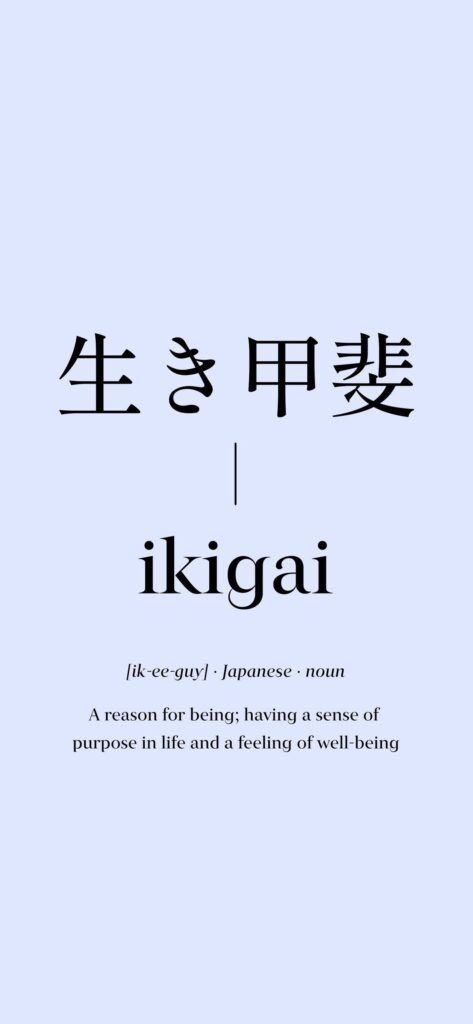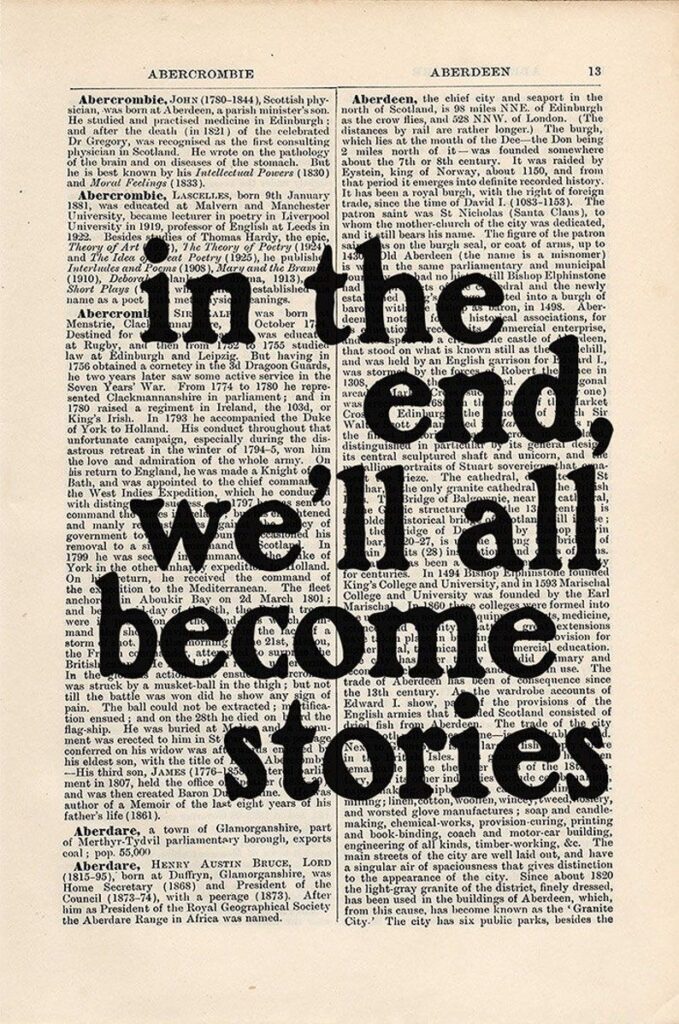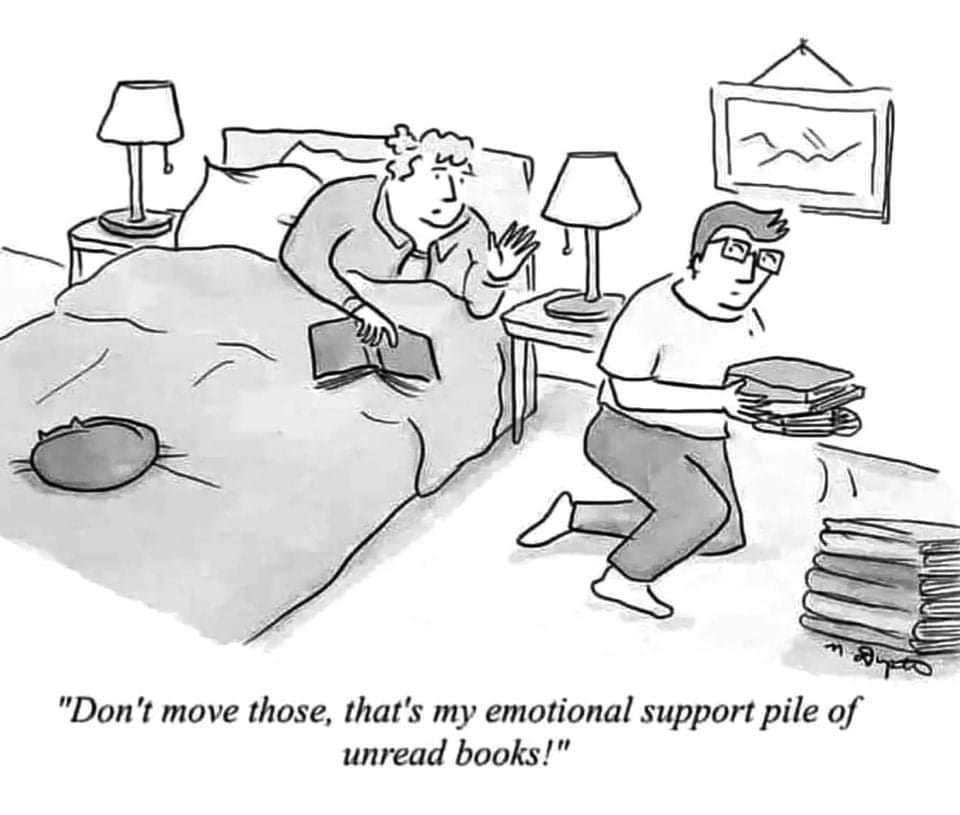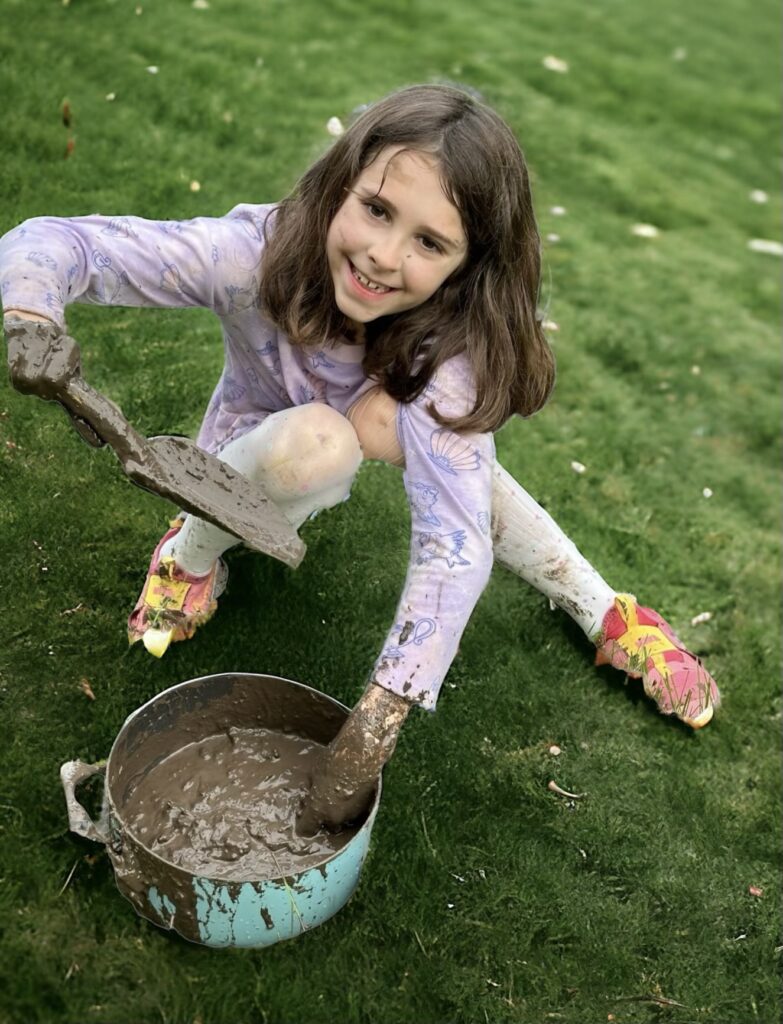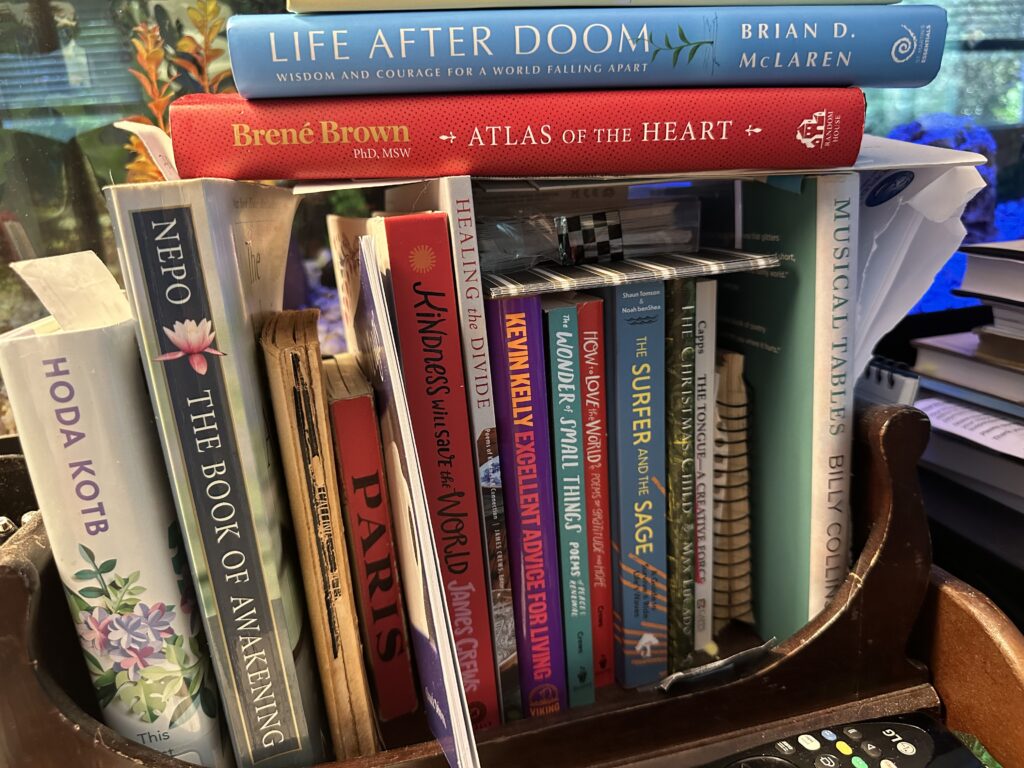THE STORY BEHIND THE SONG “GONE.”
Story written by Jim Chappell November 16, 2009
My girlfriend decided we wanted to get a kitten and raise it. The next day we went over to the local SPCA to look through the orphaned animals and see if maybe we could rescue one. They let us go into the large kennel area where all of the cats were kept, and immediately this small, all white kitten bounded happily over to say hi to us. “What a jolly little soul,” we thought.. This particular cat was so much more full of energy than the others who just listlessly stared out at us. So we decided this little guy was the one and filled out the papers so we could take him home. Lenny, as we decided to call him, turned out to be quite the little bundle of energy! He absolutely loved to play constantly by hopping around on the furniture, playing some odd type of Hide-and-Seek, and whatever else he could get into mischief-wise to keep entertained. Overall he was a great source of joy though and we were glad he had come to live with us. As time went on I noticed that Lenny didn’t seem to be getting much bigger, if at all. Though he was so cute, I couldn’t help but think he should be getting taller at least. So I took him into the vet for a check up just to see how he was doing in general. Come to find out, Lenny had a very rare blood disease that the vet explained was hard to treat successfully. He gave us some pills that were very important to stay regular with and told us we’d just have to see if Lenny responds. During the next month, however, he began getting tired and sleeping a lot more than normal. Soon after that he started to get weak and began walking really slowly and not ever running around like our old Lenny used to do. The vet saw him again and said this was the only treatment for this type of leukemia and that it simply isn’t working out very well. He then decided to tell us “I hate to say this, but you’ll probably lose him at some point in the next month or so. I wish we had other options here, but this is a very serious threat and there’s been a lot of research on it.” “Is he in much pain?” I asked. “Unfortunately, yes it’s very painful for him right now,” he said with genuine sadness. And so our little Lenny kept sleeping more and getting weaker over the next several days back at home. He was even having a lot of trouble walking, period, before long. One evening he stumbled three times trying to get to his food bowl just a few feet away, and I realized this was too much for all of us to bear! I announced that we need to take him and have him put to sleep now. My girlfriend couldn’t bear the idea and cried and fought me on it, until I reassured her there was no good reason to put him or us through this any longer and that we were just putting off the inevitable. It’s heartbreaking and sad and everything else, I told her, but I’m calling the vet. Of course we were both in tears when I dialed the phone. He said he would meet us at the clinic in an hour. He also asked if I could help out some since he would be alone this time of night. I agreed and we drove off with my girlfriend holding him as he slept in the little blanket we wrapped him in. I held Lenny in my arms so the doctor could administer the shot. Right at the moment he was going to take care of it Lenny snapped awake out of his stupor and looked directly and deeply into my eyes. It went right through me; there was a powerful love there, a soul-to-soul communication. I felt him thanking me for rescuing him from the kennel, for the new life we gave him, and for ending his misery now. All of that came from him in that one extended moment. It gave me chills as my love for him also poured out one last time. Then it was over. My girlfriend sobbed as we left with the same little blanket that we came with and Lenny in it. I thanked the doctor and he assured me we did the right thing. We took Lenny home and I dug a grave for him out in the yard where we placed him in his blanket and covered him. I remember looking up at the stars and being so grateful he had come into our lives even if only for a short time. I wrote the song Gone a few days later.
I had the HO-HUM thought when I first read this story, that I had heard rumored way back when I first heard Jim’s song back in the early 1990’s but it’s funny how it takes on new meanings, even after all of these years later when you lose a cat you love, too. 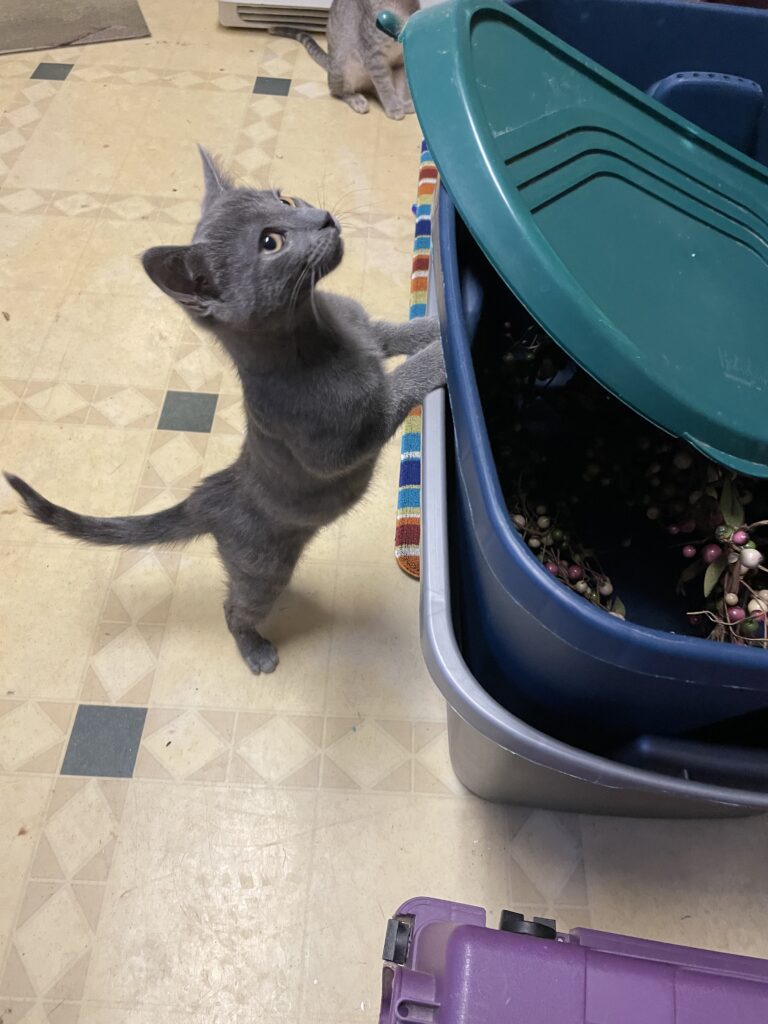
We got Billy and Phylly just short of a couple of years ago. (Named after my mom and dad).
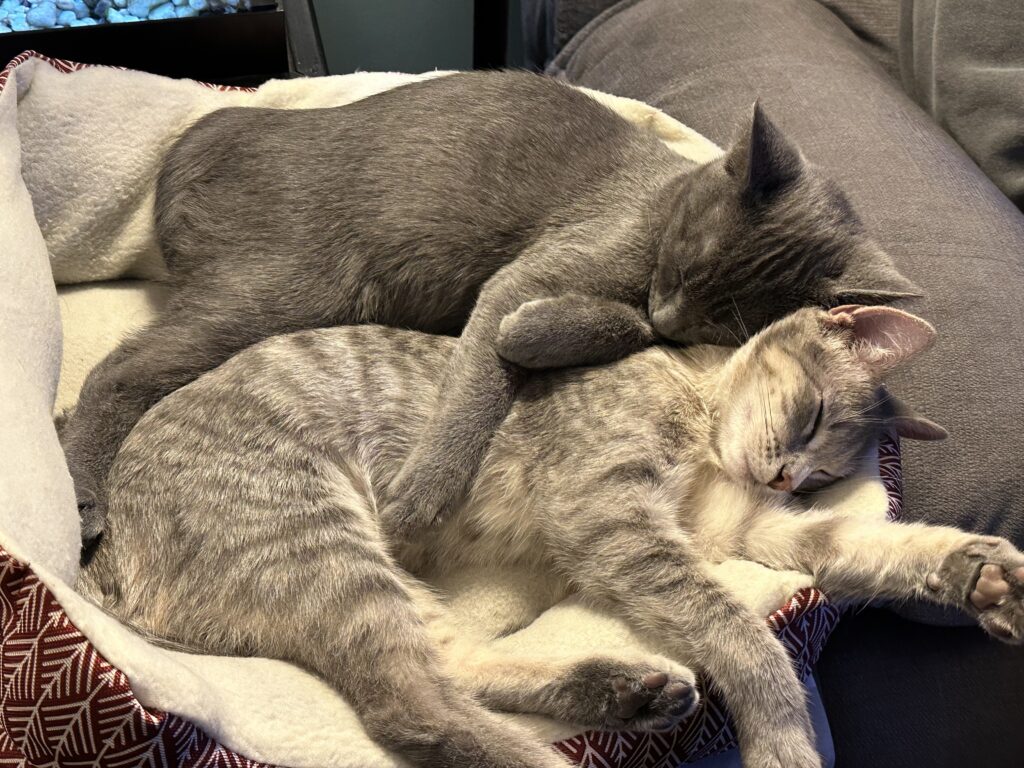
We nicknamed him BBB or BIG BAD BILLY because he was a wild man but he wildly loved, too. He often wore himself around the back of your neck like a stole and would fall asleep up on your shoulders as you would walk around. He would go for everyone’s shoulders to say, “LOVE ME” but to show, “I LOVE YOU!” He was the neighborhood cat and he would visit everyone on our street and gave them Peace and Joy when he’d make them pause to pet him and talk to him. When he was out doing that a last Saturday he apparently was being kind to a dog who didn’t return the kindness and suffered lots of injuries that two surgeries and Kitty ICU couldn’t aid in his recovery. So with Erin and I by his side and talking to him, loving on him and letting him know how much he made us happy, we gave him the gift of Peace but absolutely havent’ let him go. . .
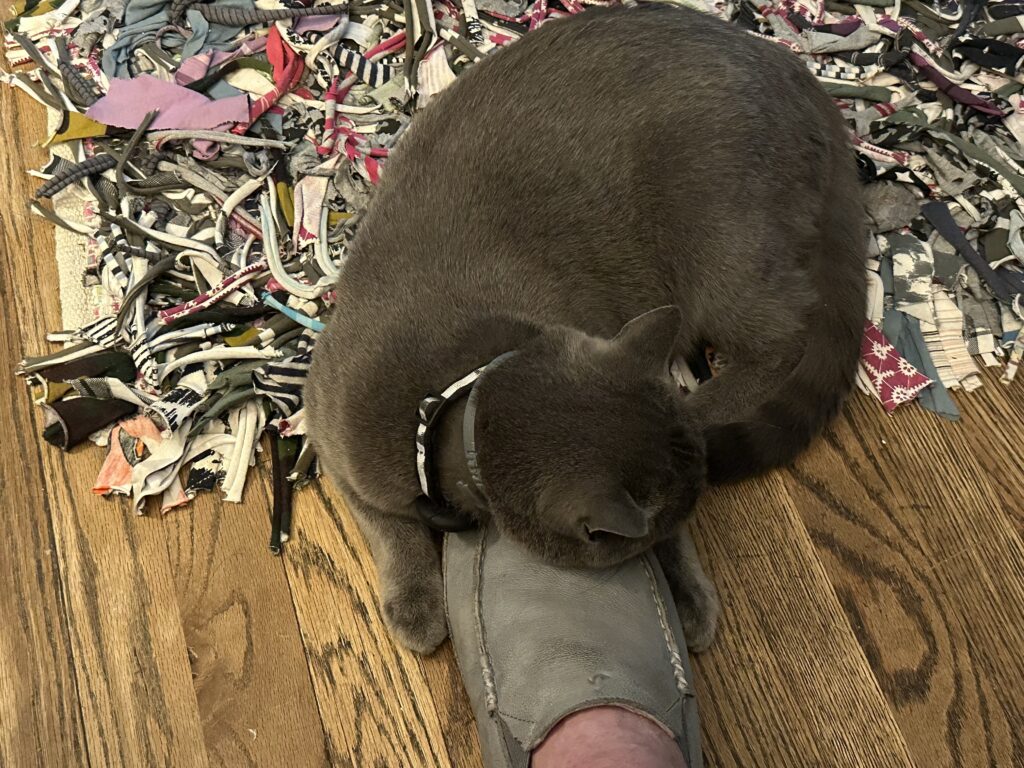 I WAS HIS HUMAN! He chose me. He followed me everywhere like a faithful dog; PEACE for both of us was when, after a busy day of being BBB, he’d park himself up on my lap purring himself to sleep and bringing down my blood pressue faster than any pill or interventions.
I WAS HIS HUMAN! He chose me. He followed me everywhere like a faithful dog; PEACE for both of us was when, after a busy day of being BBB, he’d park himself up on my lap purring himself to sleep and bringing down my blood pressue faster than any pill or interventions.
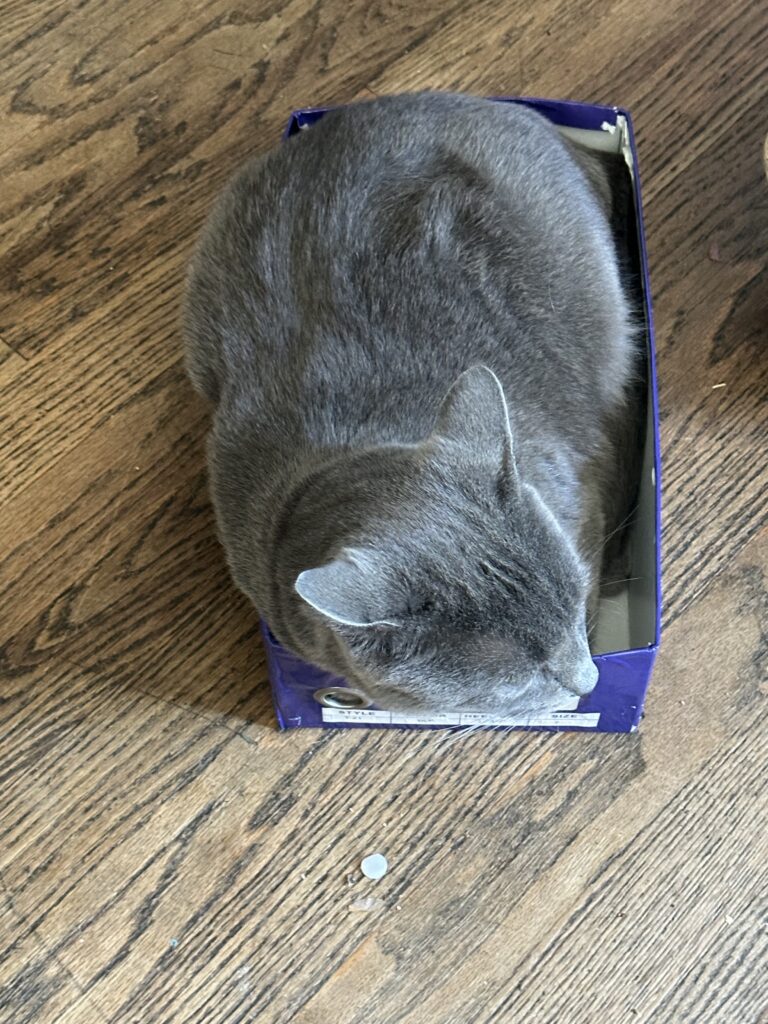
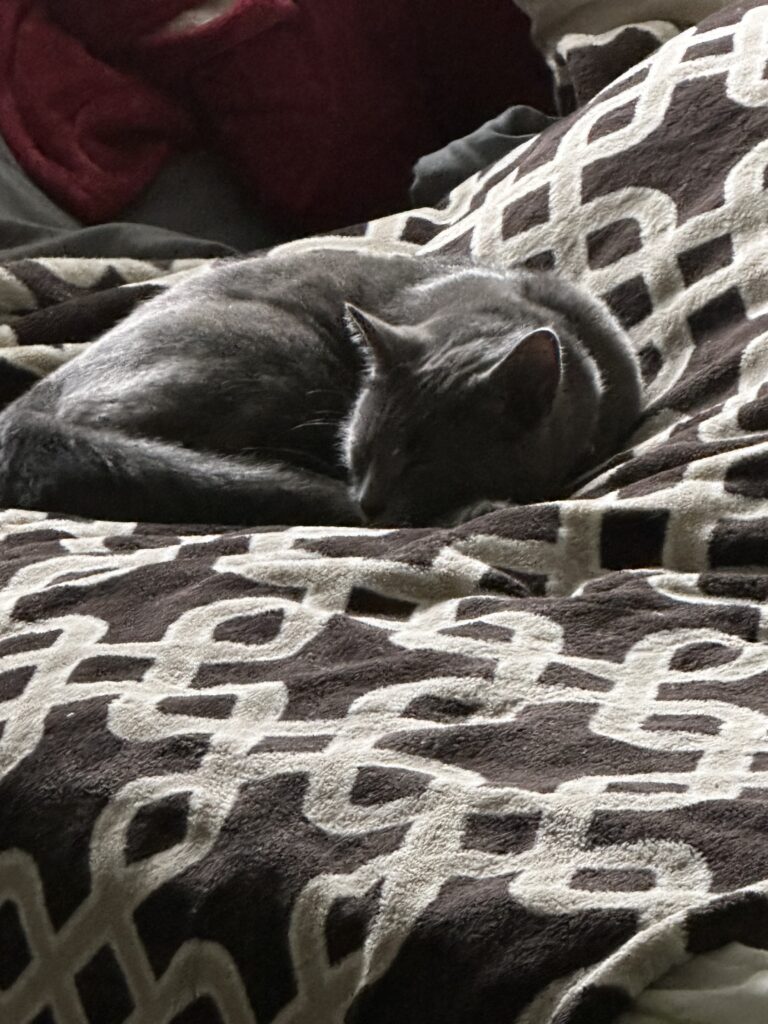
Until that THEN, rest easy my BBB (BEST BUDDY BILLY) and THANK YOU for choosing me; for loving me without conditions or boundaries. You made me Better!
I love you, Pal
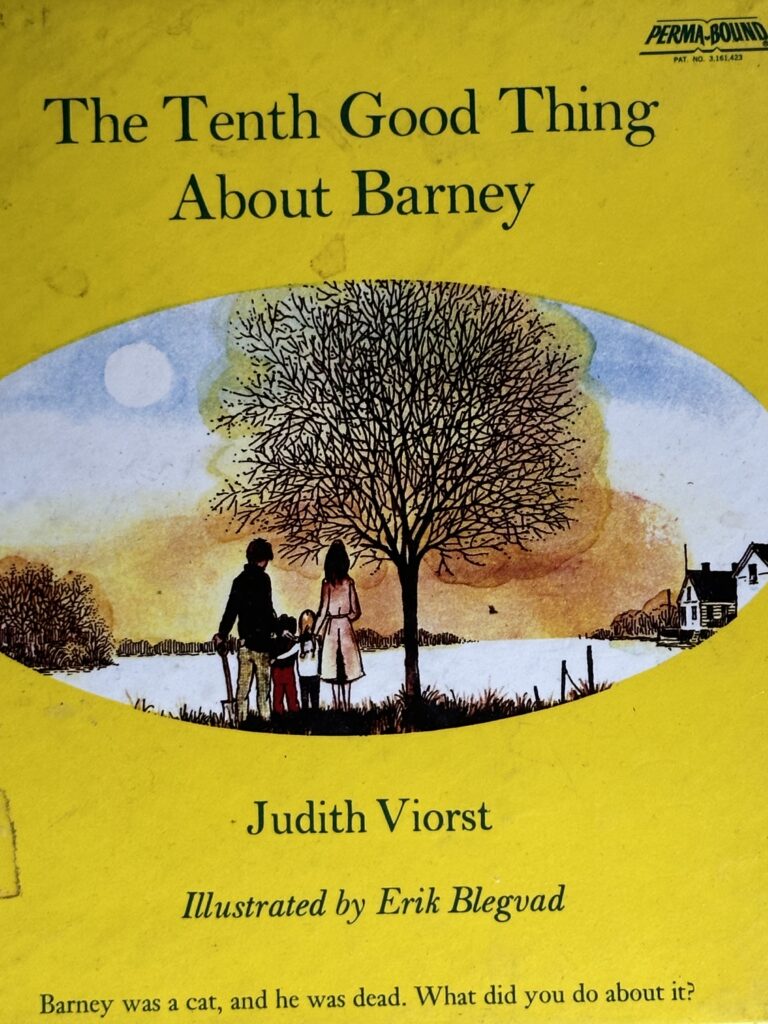 Yep. . .I’ll read it even again and be grateful; always grateful for the opportunity to LOVE. . .GRIEVE. . .LOVE AGAIN. . .
Yep. . .I’ll read it even again and be grateful; always grateful for the opportunity to LOVE. . .GRIEVE. . .LOVE AGAIN. . .